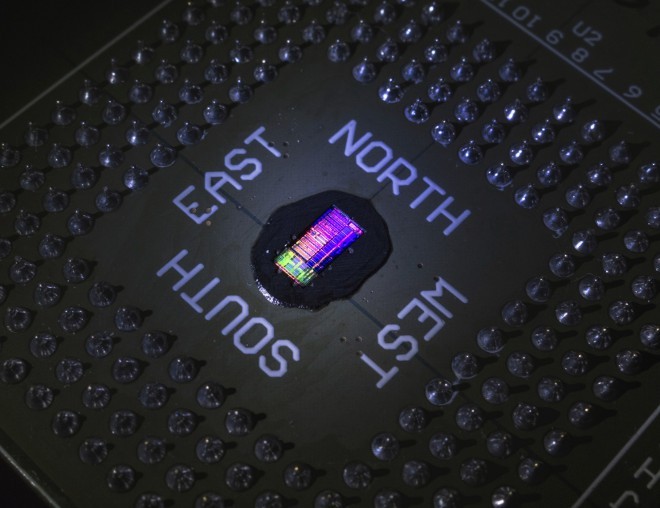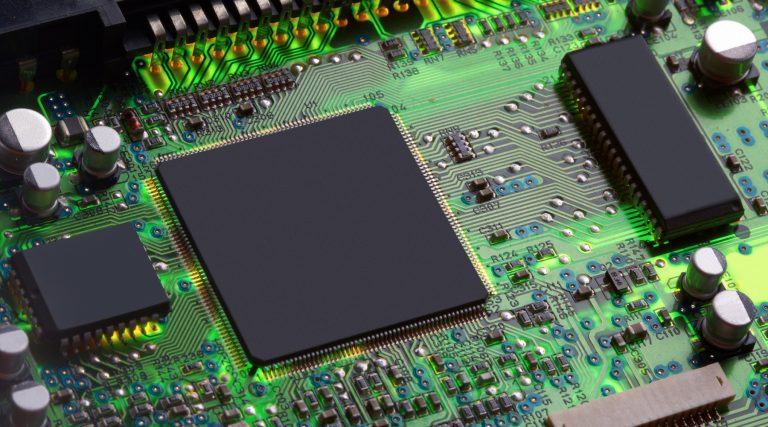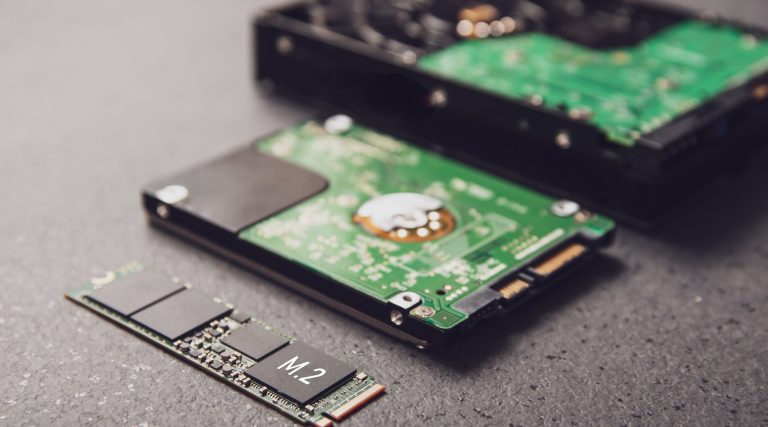Scientists created a new type of CPU that communicates using light instead of electrons
Unexpected miracle. This nickname and many like it have been quickly ascribed to a new kind of CPU that has been created by a group of scientists from three US universities.

Their research published by Nature came out unexpectedly. Even though it promises huge changes in the future development of processors.
What is it all about, then? It’s a CPU that uses both photons and electrons, amazingly fast when moving data around, and it’s been built the same way that current chips are.
Twenty-two researchers from MIT, Berkeley University and Colorado University Boulder put together a chip design that uses light instead of electricity to transport data. The chip uses photons for input and output operations (IO), the computational operations themselves are done by a normal electronic core. This makes for a blisteringly fast transfer. The researchers claim the CPU’s throughput density reaches up to 300 gigabits per second per a square millimetre – that is anywhere from ten to fifty times as much as current CPUs.
Specs of the photonic-electronic chip
- Die size: 3 mm x 6 mm
- Manufacturing process: 45 nm
- Transistor count: 70 milionů
- Photonic components count: 850
- CPU Cores: 2
- Maximum CPU frequency: 1,65 GHz
- Theoretical throughput with all transceivers active: 550 Gb/s Tx, 900 Gb/s Rx
The scientists are sure this is a huge technological breakthrough. “This is a milestone. It’s the first processor that can use light to communicate with the external world,” said the chief researcher and professor of electric engineering and computer sciences from University of California Vladimir Stojanović.
The fruit of the cooperation between three universities is particularly sweet for data centers. Thanks to using photons, this kind of CPU uses much less energy for the same operations. To shift one terabit of data per second off the chip takes just 1.3 Watts. According to one of the researchers Chen Sun, it’s exactly this movement of data between CPUs, memory and network parts that eats between twenty to thirty percent of energy used in data centers. By using the tech demonstrated by these scientists, data centers could save up to a third off of their huge energy expenses.

The research of the photonic-electronic chip has been done by three universities. Photo: Glenn Asakawa.
We’re reaching the point where every other article about a similar theoretical breakthrough would state something like: “Nevertheless, it’s going to take a while before this new invention reaches the consumer market.” But this research is different – the scientists actually designed the CPU so that it would be possible to manufacture it with current processes.
And that’s what actually happened. They designed the architecture and had it made-to-order by GlobalFoundries in New York. This means there’s practically nothing preventing a mass production of more of these. And because they don’t need special manufacturing processes, they could be even relatively cheap.
It’s still not clear when these marvels will eventually reach our data centers, but the scientists have already set up two new start-ups that are supposed to sell these chips as well as develop them further.
If you want to find out more about the technical side of things, read the article on the Nature’s website, a summarizing post on the Berkeley’s website or an in-depth text from CU Boulder.





